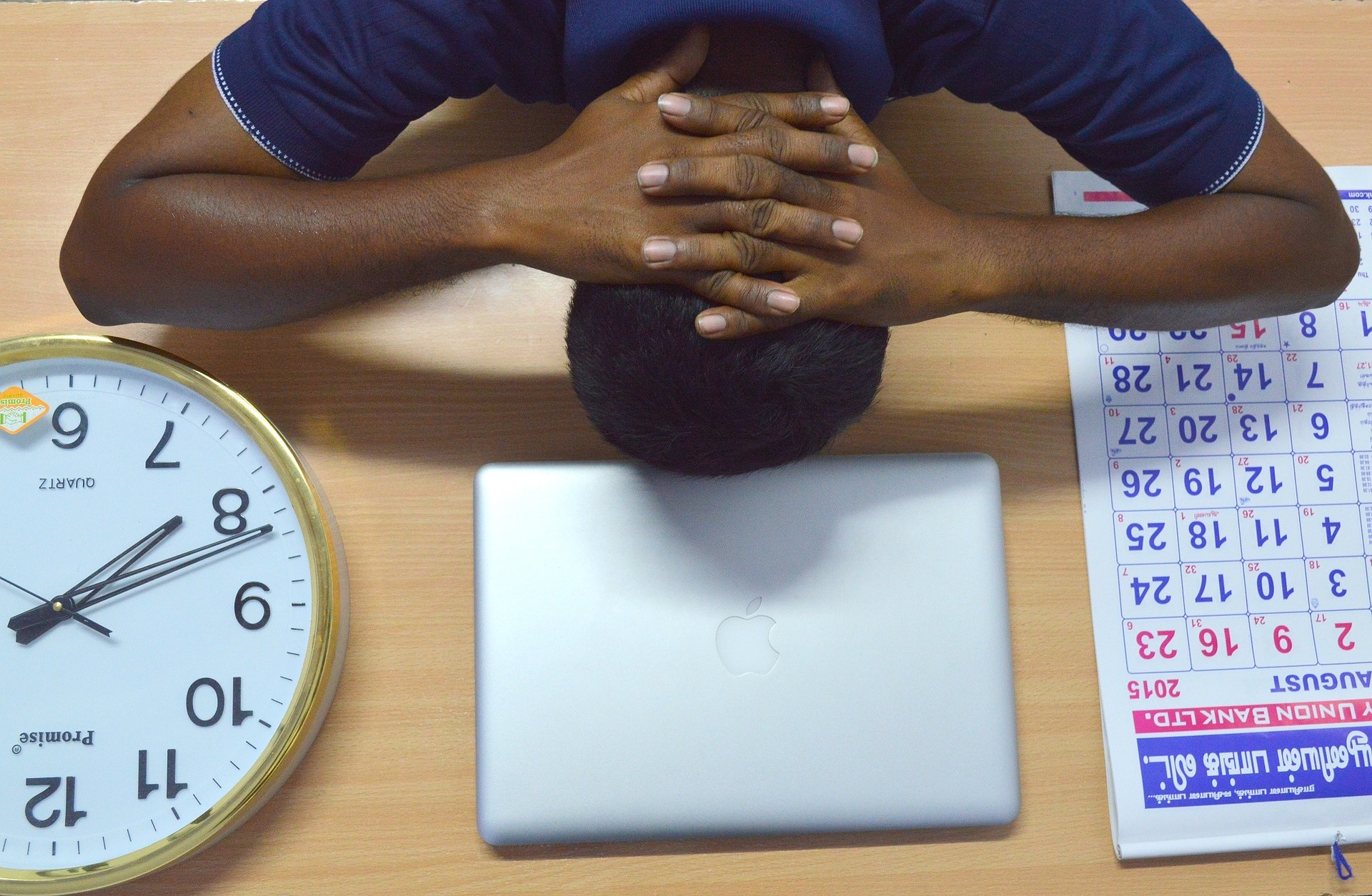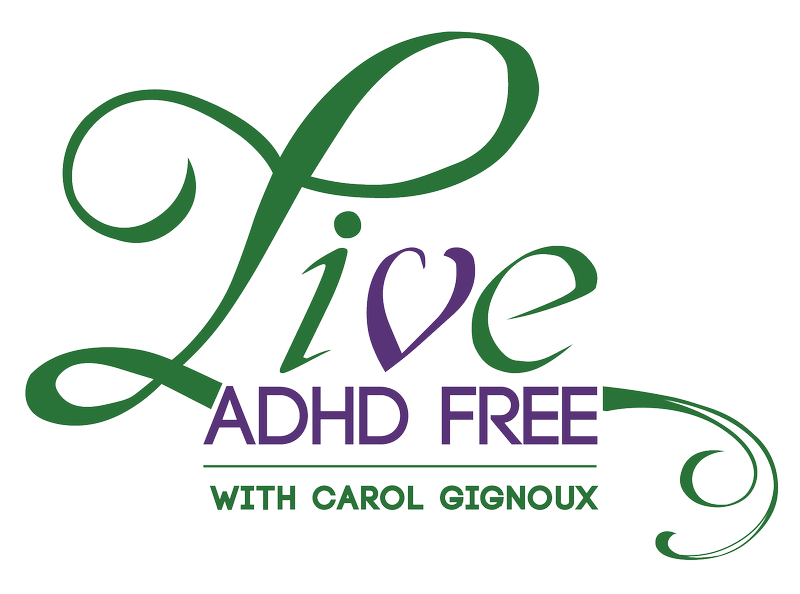About ADHD
Attention Deficit Hyperactivity Disorder, known as ADHD, is a brain type that affects between 15-20 million American adults, adolescents, and children. It is hard to know exactly how many have this rapid fire-thinking pattern called ADHD. Many go undiagnosed or are misdiagnosed. ADHD symptoms can vary as can treatment.
Adult ADHD
If you think ADHD is something that only affects children, guess again. ADHD children grow up to become ADHD adults. Without the skills to effectively manage their behavior, they will have difficulty achieving meaningful lives.
- Males are almost three times more likely to have ADHD than females.
- During their lifetimes, 12.9 percent of men will be diagnosed with an attention disorder. Just 4.9 percent of women will be.
- The prevalence of ADHD is difficult to estimate because many people go undiagnosed and suffer alone. ADHD symptoms can go unrecognized for years. Because of this, it’s hard to know true numbers. The assumption is that eight to nine million American adults have ADHD.

ADHD Symptoms
The primary symptoms of ADHD are inattention, impulsiveness, emotionality, and sometimes hyperactivity. However, the diagnosis of ADHD does not correlate only with the presence of these symptoms.
Most people find themselves being distracted and impulsive, even hyperactive, at some points in their lives. But what distinguishes ADHD from “everyday” inattention and hyperactivity is the severity and duration of these symptoms.
The determination is how they impact an individual’s daily life. Difficulty with memory and forgetfulness, distraction, excessive talking, and feelings of being overwhelmed are common symptoms. Many also have challenges with procrastination, over-stimulation, and negativity.
People with these primary ADHD symptoms often find it challenging to:
- Manage time
- Focus
- Organize
- Meet deadlines
- Finish projects
- Understand themselves
- Share and manage feelings
- Relate successfully to others
- Realize their potential
- Remember where they put things
- Arrive punctually
- Listen carefully in group conversation
Secondary ADHD Symptoms
Secondary ADHD symptoms may include depression, anxiety, low self-esteem, boredom, addictions, and poor self-image. These symptoms are often a result of the stresses and challenges of living with the primary symptoms. Sometimes the secondary symptoms can be so acute they are inaccurately diagnosed as primary symptoms. It is not unusual, especially for adults, to receive the ADHD diagnosis after getting a second or third opinion.
People with these secondary symptoms often feel:
- Deeply sad or numb
- Anxious
- Easily overwhelmed
- Alienated or isolated
- Overstimulated
- Incapable of planning ahead
- Intensely negative about self
- Unable to relax
ADHD Treatment
Since ADHD is a neurological brain type, not a temporary condition, it necessitates a whole-person treatment plan. Most people with ADHD find the best improvement from some combination of coaching, healthy diet, exercise, good sleeping habits, and meditation/self-reflection time. A strong support system is also a huge aid. In some cases, medication and/or therapy is helpful.
Most people with ADHD are brilliant innovators and problem solvers. With the right assistance from others, professional and nonprofessional, they can lead highly productive, resourceful, and meaningful lives. They can draw on self-awareness, educational resources, and the acceptance of those around them.
Learn more about ADHD coaching programs and how to start living a better life.

